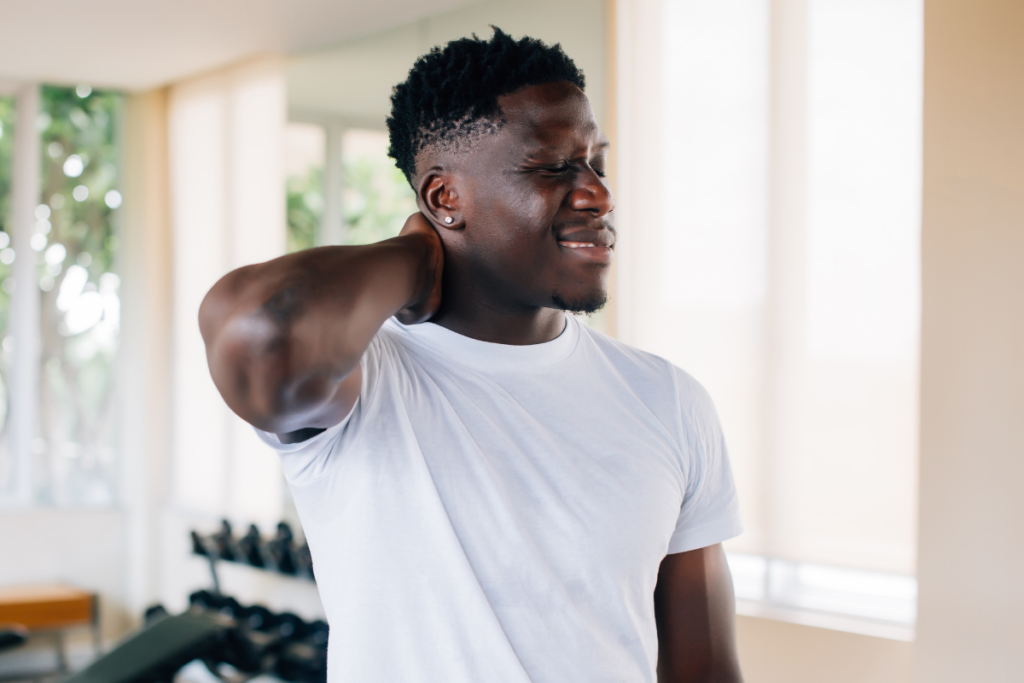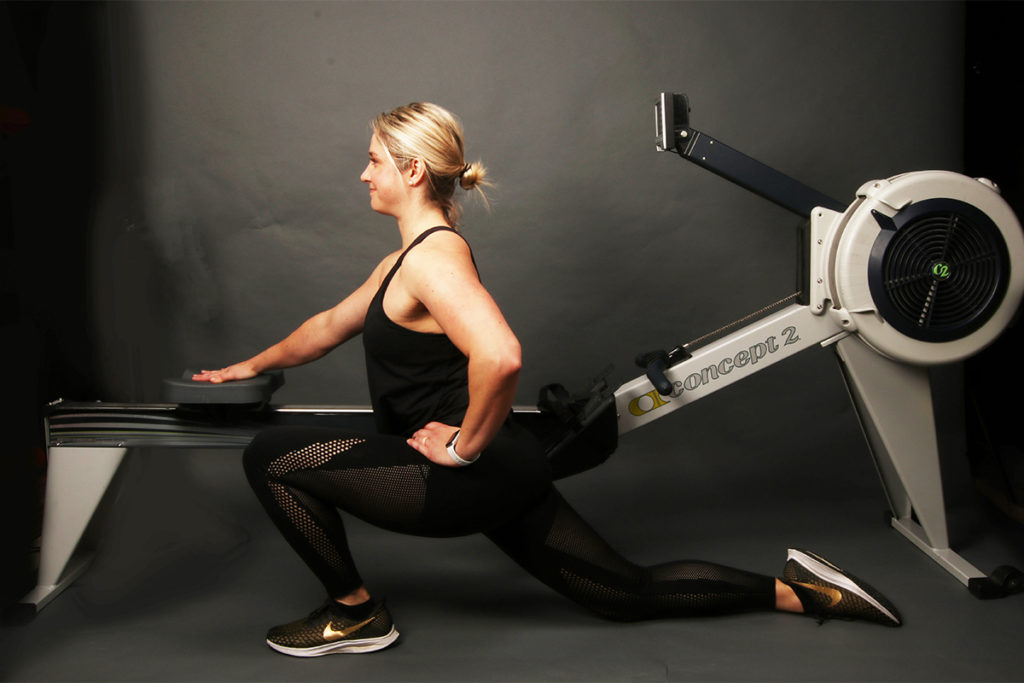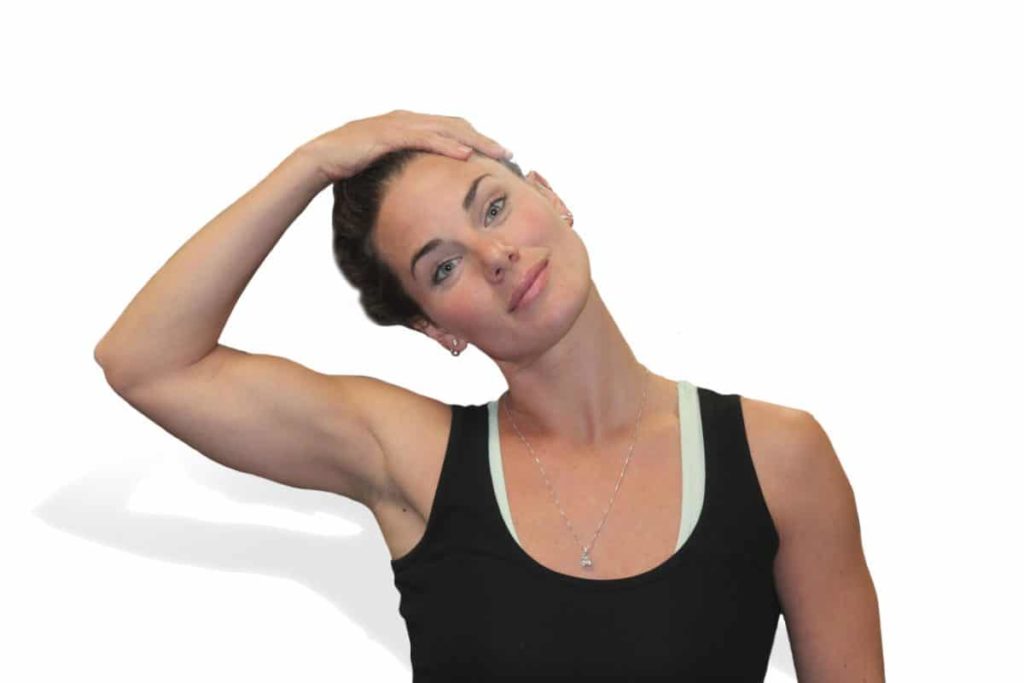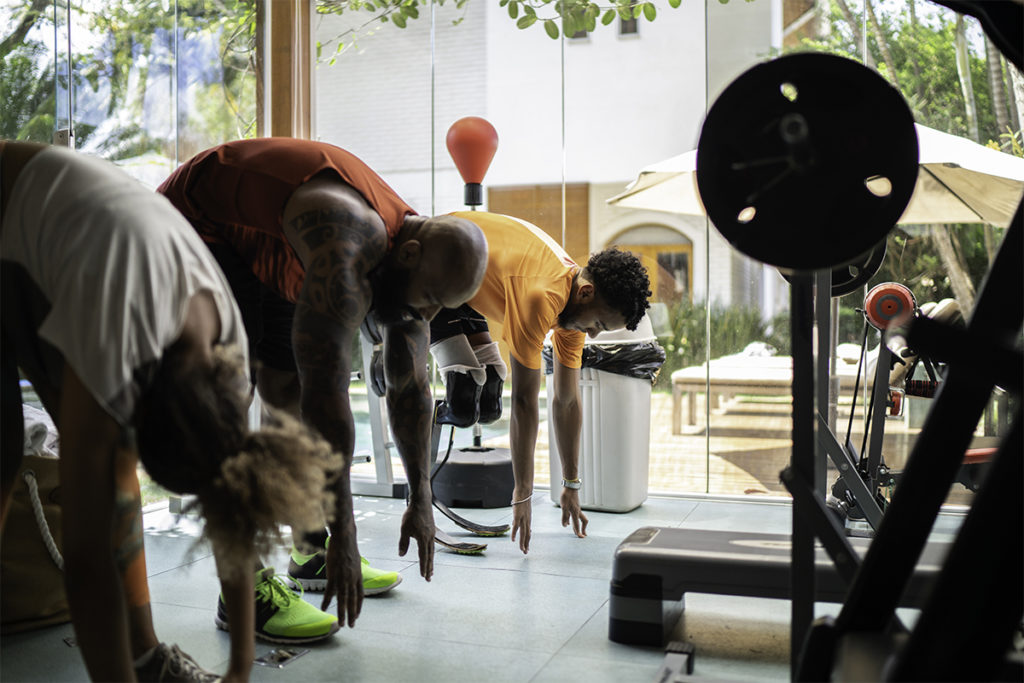5 Best Stretches to Relieve Desk-Related Discomfort
Sitting Less, Stretching More for a Healthier You

Why Desk Time Hurts Your Body
Spending long hours sitting at a desk—whether for work, school, or leisure—can take a toll on your body. Over time, inactivity leads to tight hip flexors, rounded shoulders, and stiff necks and backs, contributing to poor posture, discomfort, and even long-term musculoskeletal issues. Fortunately, incorporating a few simple stretches into your daily routine can help combat these effects, relieve tension, and improve mobility.
This article outlines five highly effective stretches that target common problem areas caused by prolonged sitting. These exercises are backed by research and recommendations from reputable health organizations.
1. Hip Flexor Stretch
Why it helps:
Prolonged sitting causes the hip flexors (muscles at the front of your hips) to become tight and shortened. This can lead to lower back pain and poor posture.
How to do it:
- Begin in a kneeling position, with one foot forward and the opposite knee on the ground.
- Shift your hips forward slightly until you feel a gentle stretch in the front of your rear leg’s hip.
- Hold for 20–30 seconds, keeping your chest upright. Repeat on the other side.
Evidence:
Tight hip flexors are a common issue in sedentary populations and have been associated with lumbar spine discomfort (Kendall et al., 2005).

2. Chest Opener (Pec Stretch)
Why it helps:
Slouching forward at a desk rounds the shoulders and tightens the chest muscles. This stretch helps open the chest and improve posture.
How to do it:
- Stand near a doorway or wall corner.
- Place your forearm against the surface with your elbow at shoulder height.
- Gently lean forward until you feel a stretch across your chest.
- Hold for 20–30 seconds, then switch sides.
Evidence:
Regular stretching of the pectoral muscles can alleviate upper body tension and reduce the risk of postural syndromes (Page, Frank, & Lardner, 2010).
3. Seated Spinal Twist
Why it helps:
Sitting restricts spinal mobility and can lead to stiffness and lower back pain. Twisting helps release the spine and improve flexibility.
How to do it:
- Sit upright in a chair with feet flat on the floor.
- Rotate your torso to the right, placing your left hand on your right knee and your right hand behind you.
- Hold for 15–30 seconds, then repeat on the other side.
Evidence:
Spinal twists help maintain rotational mobility and improve blood flow to the spinal discs (American Council on Exercise [ACE], 2021).

4. Neck Stretch
Why it helps:
Leaning over screens strains the neck muscles, often causing tension headaches and stiffness.
How to do it:
- Sit or stand tall.
- Gently tilt your head toward your right shoulder until you feel a stretch on the left side of your neck.
- Hold for 15–20 seconds, then switch sides.

Evidence:
Stretching the cervical spine can reduce muscle tension and improve range of motion in office workers with neck pain (Ylinen et al., 2003).
5. Standing Forward Fold
Why it helps:
This stretch releases tension in the hamstrings, calves, and lower back—areas that become tight from prolonged sitting.
How to do it:
- Stand with feet hip-width apart.
- Slowly bend at the hips and reach toward your toes, letting your head and arms hang.
- Keep a slight bend in your knees if needed.
- Hold for 30 seconds and return to standing slowly.
Evidence:
Flexibility in the posterior chain (back of the body) is essential for spinal health and functional movement (Behm et al., 2016).

Move a Little, Feel a Lot Better
Even a short break to stretch once every hour can significantly improve how your body feels after a long day at a desk. These five simple stretches target the most commonly affected areas and can help you maintain flexibility, reduce pain, and support better posture.
Pairing stretching with regular movement—such as short walks or standing desks—further enhances your health. Remember, small, consistent changes go a long way toward feeling and functioning better.
References
American Council on Exercise (ACE). (2021). Stretching and Flexibility Training. Retrieved from https://www.acefitness.org/
Behm, D. G., Blazevich, A. J., Kay, A. D., & McHugh, M. (2016). Acute effects of muscle stretching on physical performance, range of motion, and injury incidence in healthy active individuals: A systematic review. Applied Physiology, Nutrition, and Metabolism, 41(1), 1–11.
Kendall, F. P., McCreary, E. K., Provance, P. G., Rodgers, M. M., & Romani, W. A. (2005). Muscles: Testing and function, with posture and pain (5th ed.). Lippincott Williams & Wilkins.
Page, P., Frank, C. C., & Lardner, R. (2010). Assessment and treatment of muscle imbalance: The Janda approach. Human Kinetics.
Ylinen, J., Takala, E. P., Nykänen, M., Häkkinen, A., Pohjolainen, T., Karppi, S. L., & Airaksinen, O. (2003). Active neck muscle training in the treatment of chronic neck pain in women: A randomized controlled trial. JAMA, 289(19), 2509–2516.


